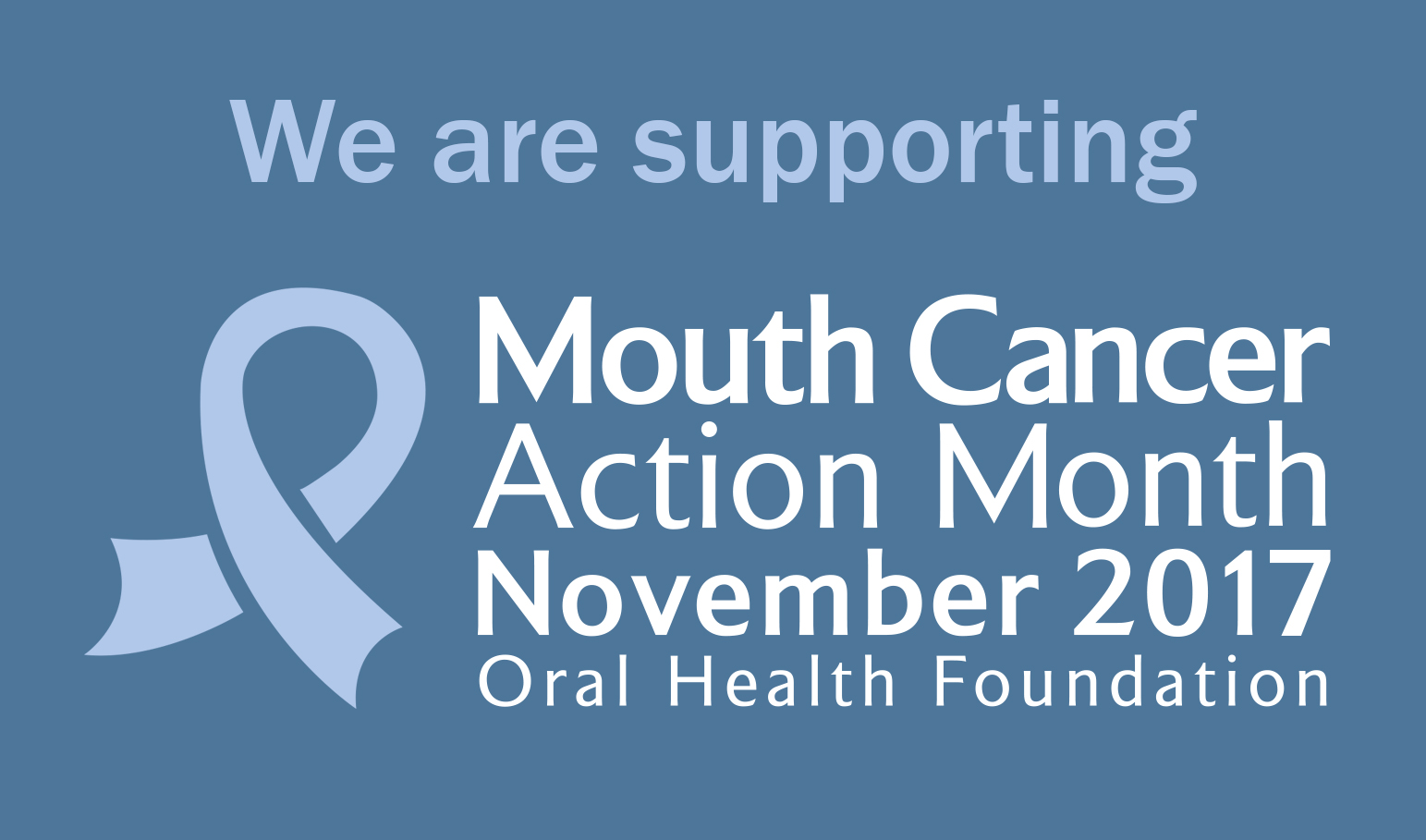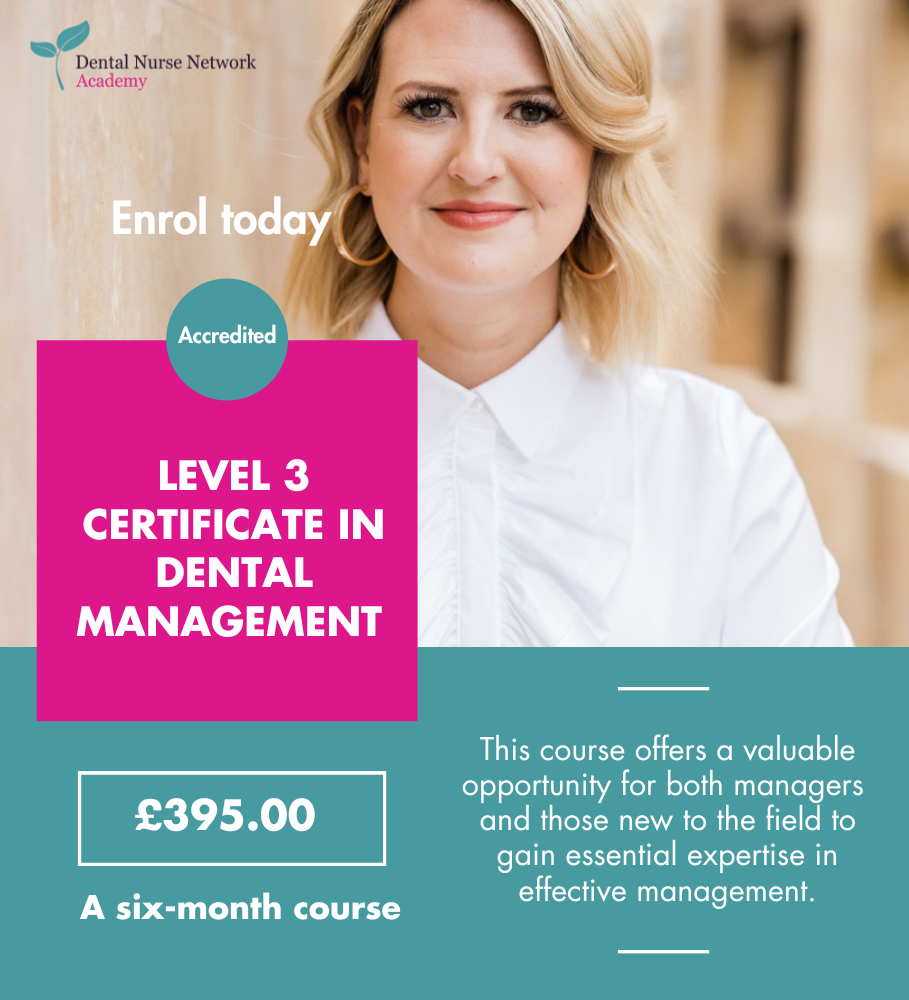 Throughout the whole of November, the Oral Health Foundation is running a campaign to raise awareness of oral cancer. The aim is to get as many people as possible involved so that the general public are aware of the early signs and symptoms of oral cancer – early diagnosis is vital for successful treatment. Raising awareness of how amending lifestyles choices can reduce the chance of developing the disease in the first place is also important.
Throughout the whole of November, the Oral Health Foundation is running a campaign to raise awareness of oral cancer. The aim is to get as many people as possible involved so that the general public are aware of the early signs and symptoms of oral cancer – early diagnosis is vital for successful treatment. Raising awareness of how amending lifestyles choices can reduce the chance of developing the disease in the first place is also important.
I personally feel that oral cancer doesn’t get the same publicity as other cancers, even though mouth cancer sadly takes the lives of more than 2,000 people each year in the UK –more than testicular and cervical cancer combined. Unfortunately, recent studies in the UK show that more than 7,500 people were diagnosed with mouth cancer last year. The disease has grown by a third in the last decade and remains one of very few cancers that are predicted to increase further in the years to come.
Risk factors
The highest risk category used to be men aged forty years and over, but younger people, both men and women, are also now being affected. The main risk factors for oral cancer are lifestyle choices such as smoking, alcohol and poor diet.
- Smokers are six times more likely to develop oral cancer than non-smokers. Studies show that 75% of mouth and throat cancers have occurred in tobacco users. This will include people who do not necessarily smoke, but who chew tobacco.
- Up to half of all mouth cancers are partly due to poor diet such as an insufficient fruit and vegetable intake.
- Consumption of alcohol is another major risk factor.
Signs and symptoms
Within dentistry, the main things we are looking for are changes to both the inside and outside of the oral cavity. Oral cancer can affect the lips, tongue, cheeks and throat, so it’s important that people look for the following signs and symptoms:
- An ulcer in the mouth that doesn’t heal after about three weeks.
- An abnormal-looking patch – either white or red in appearance. Such patches could be a sign of cancer or precancerous changes. They are not cancer, but if left untreated, they may lead to cancer.
- Any unusual lumps or swellings. These can be on the lips, in the mouth or in the throat.
Preventative measures – advice to give to patients
When it comes to oral cancer, it’s important that patients visit the dentist regularly, as all dentists will check for any changes inside and outside the oral cavity that haven’t been discussed/seen before. This applies even if the patient is a denture wearer.
When completing the medical history form, it is important for patients to be as honest as possible so that the dentist is aware of any changes. Suitable advice can then be given, particularly to high-risk patients.
Government guidelines for both men and women advise individuals to consume no more than fourteen units of alcohol per week.
Following the Eatwell guide will help to ensure patients are consuming a well-balanced diet that contains all the vital food groups. It can be found here: https://www.nhs.uk/Livewell/Goodfood/Pages/the-eatwell-guide.aspx
Patients should try to stop smoking or avoid smoking as much as possible. There are many support groups if they need more information, or they can visit their doctor or local pharmacy.
When brushing their teeth, patients should look out for any changes in the mouth.
Patients should make sure that they use suitable protection if they are in the sun.
For more information, please visit the following websites:
http://www.mouthcancer.org/
www.nhs.uk/conditions/cancer-of-the-mouth/pages/introduction.aspx
Written by Emma Leather RDN, PTLLS, TAQA, OHE


